Before a Colombian espresso shot ever hits your tongue, it’s already been on a wild, intricate journey—one that starts in the misty mountains of the Andes and ends beneath the hiss of a portafilter. Every bean that lands in your basket has passed through the hands of farmers, sorters, roasters, and baristas. And every step matters.
In this post, we’re tracing the full journey of Colombian coffee beans from soil to crema—and showing how each phase shapes the final espresso experience.
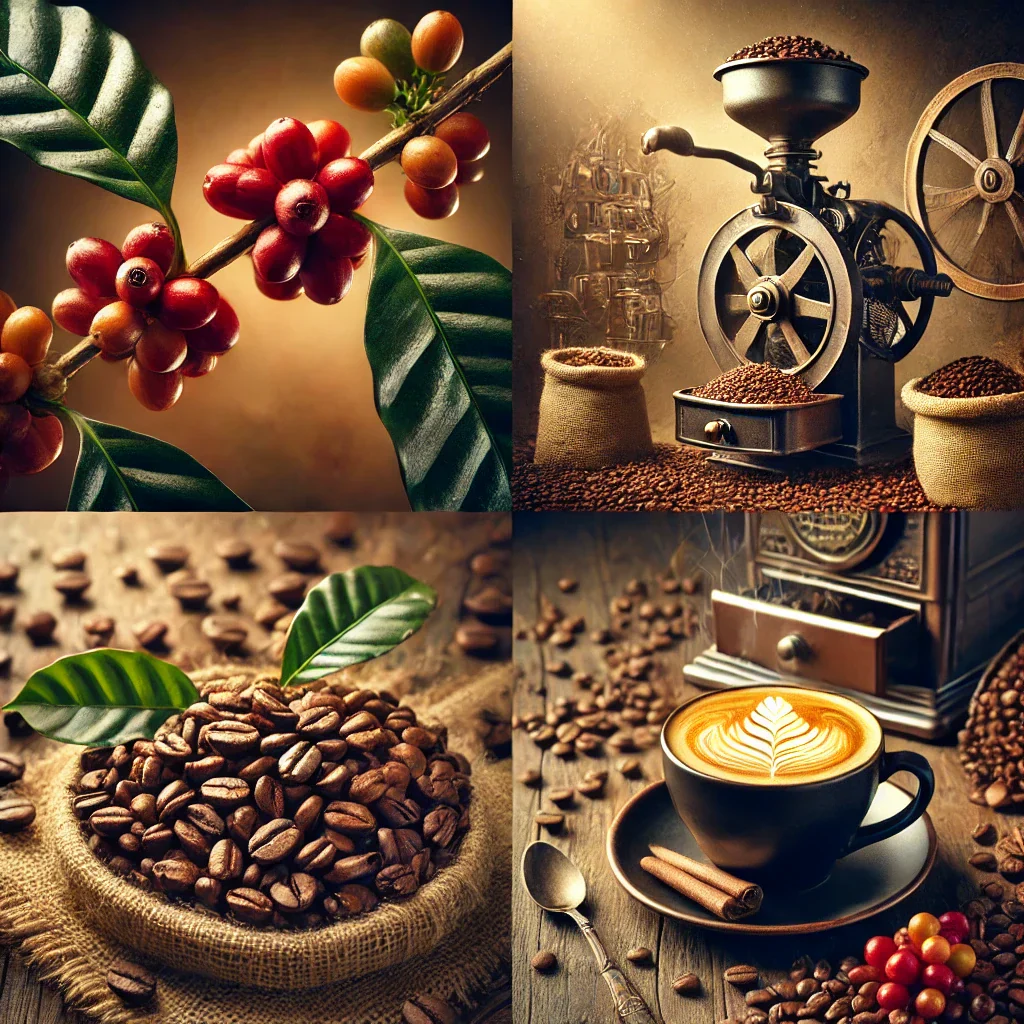
Step 1 – Cultivation in Colombia’s Coffee Heartlands
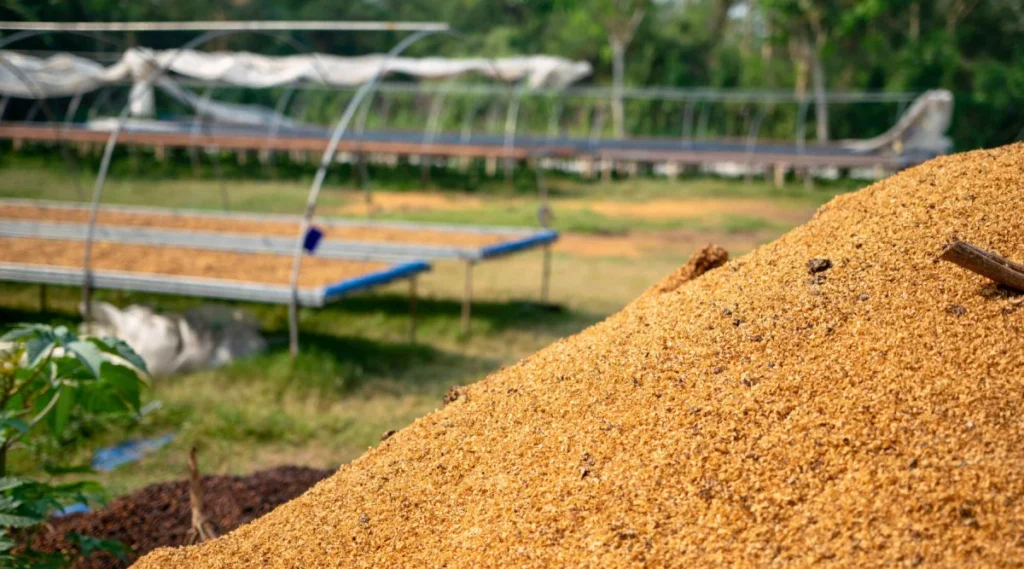
Where It Begins: The Coffee Axis
Colombia’s coffee is grown across three major regions:
• Andean Region: Includes Huila, Nariño, Tolima, and Cauca
• Central Coffee Axis (Eje Cafetero): Caldas, Quindío, Risaralda
• Northern Highlands: Antioquia, Santander, and Sierra Nevada de Santa Marta
Each microregion offers unique altitude, climate, and soil composition, which directly impact the flavor and structure of the bean.
Shade-Grown, Hand-Harvested
• Coffee trees are grown under a canopy of shade to mimic natural environments
• Harvesting is typically done by hand, ensuring only ripe cherries are picked
• Many farms are smallholder-run, family-owned, and committed to quality over quantity
Step 2 – Processing at the Source

The Washed (Wet) Method
The vast majority of Colombian coffee is processed using the washed method, which includes:
1. Depulping the cherry (removing the skin)
2. Fermenting the mucilage off the bean
3. Washing the beans thoroughly
4. Drying them on patios or raised beds
This method creates the crisp, clean flavor that Colombian espresso is famous for.
Experimental Processes Gaining Traction
In recent years, Colombia has embraced innovation:
• Honey process: Leaves some mucilage for added sweetness
• Natural process: Dries the whole cherry for fruit-forward espresso
• Anaerobic fermentation: Adds wild, wine-like flavors
These experimental methods create diverse flavor profiles perfect for single-origin espresso shots.
Step 3 – Sorting, Grading, and Exporting
Hand-Sorting for Perfection
After drying, beans are sorted by:
• Size
• Weight
• Color
• Defects
Specialty-grade Colombian coffee beans go through multiple layers of manual inspection before export.

Grading by Screen Size
Colombia uses a screen size system—with Excelso and Supremo being the most common classifications:
• Supremo: Larger, more uniform beans
• Excelso: Slightly smaller but still high-quality
Both can be excellent for espresso depending on roast and density.
Step 4 – Roasting for Espresso

Local Roasters Bring Out the Best
Once the green beans arrive at their roasting destination—whether in Colombia or abroad—they’re transformed:
• Roasters analyze moisture content and bean density
• Small batches are sample roasted to find the sweet spot
• Most espresso roasts fall between medium and medium-dark
Roasting Goals for Colombian Espresso
• Highlight natural sweetness and acidity
• Develop enough solubility for proper pressure extraction
• Avoid over-roasting, which can dull the complexity
Step 5 – Grinding and Dialing In
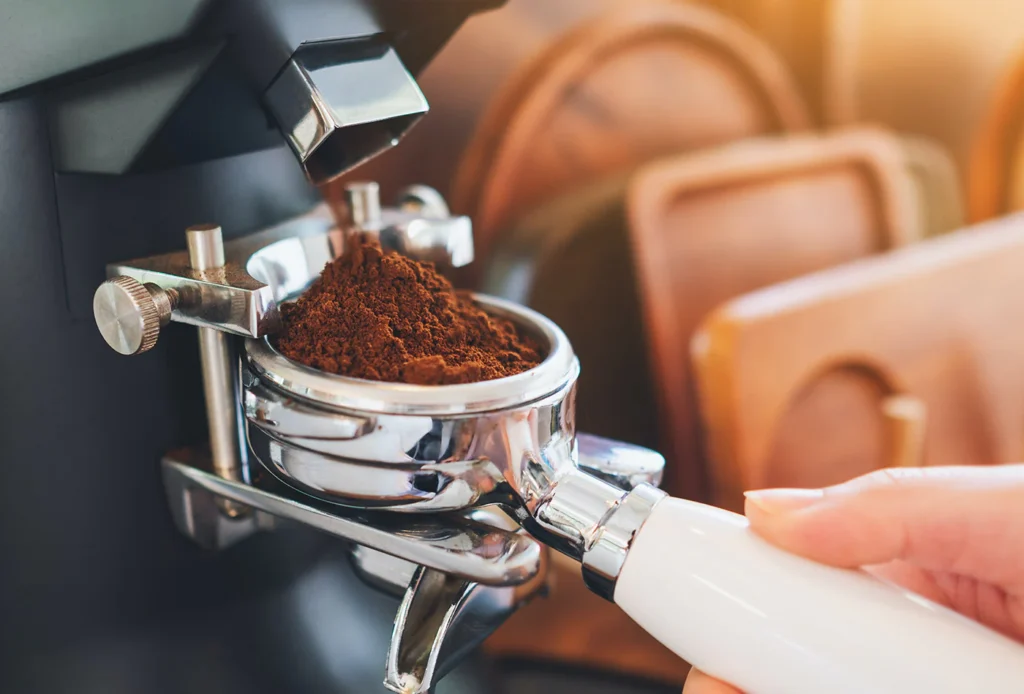
The Grinder’s Role
Grinding is often overlooked, but it’s essential for unlocking the bean’s potential. Colombian beans—especially from high altitudes—are dense and need:
• A quality burr grinder
• Slightly finer grind setting for espresso
• Uniform particle size to avoid channeling
Dial-In Tips for Colombian Beans
• Dose: 18–19g
• Yield: 36–40g
• Time: 27–30 seconds
• Temp: 93–94°C
• Adjust based on regional origin and roast level
Step 6 – Pulling the Shot
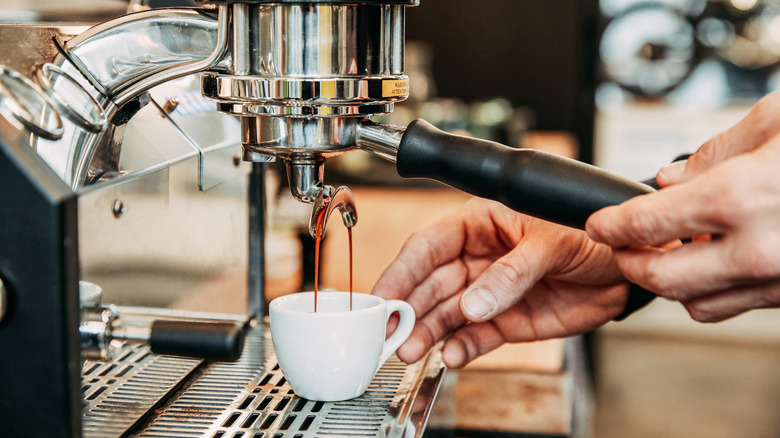
What to Expect in the Cup
After all that work, the moment of truth: extraction.
• Crema: Golden, creamy, and aromatic
• Aroma: Sweet, floral, sometimes citrusy
• Taste: Balanced acidity, caramel sweetness, and a smooth body
Each sip tells the story of Colombia’s mountains, the grower’s hands, the roaster’s touch, and your own brewing skill.
Final Thoughts
When you drink a shot of Colombian espresso, you’re tasting more than just coffee. You’re experiencing the altitude, the process, the people, and the passion that brought it to life. From hillside farms to your demitasse cup, every step matters—and every espresso shot is a tribute to that journey.
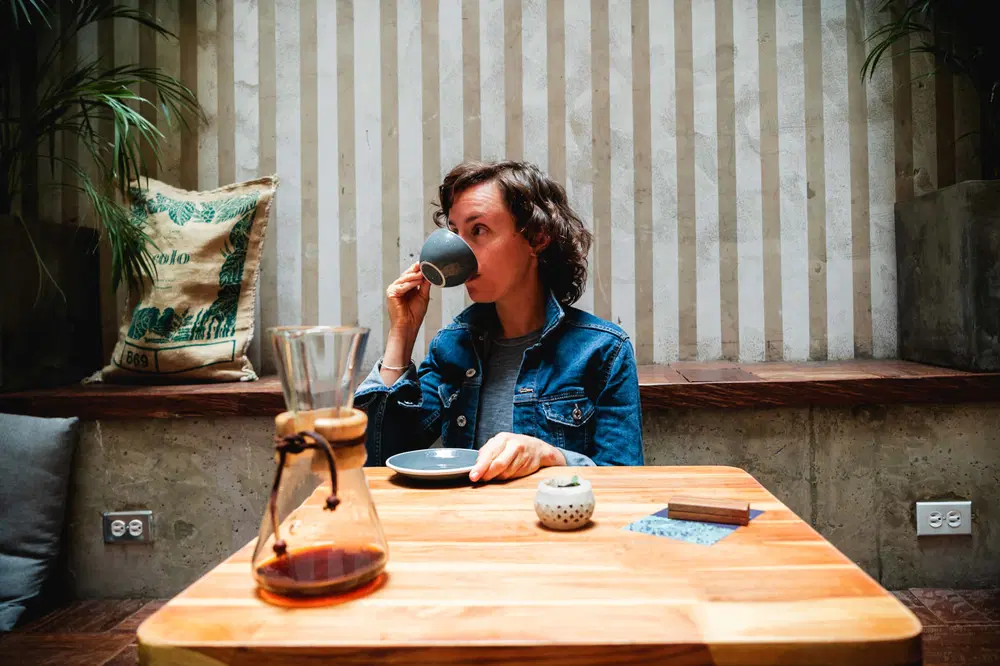
Written by Jose Luis Surjan
From bean to crema, telling the story of every sip. Founder of Espresso and Machines.
Disclosure: Our blog contains affiliate links to products. We may receive a commission for purchases made through these links. However, this does not impact our reviews and comparisons. We try our best to keep things fair and balanced, in order to help you make the best choice for you.





